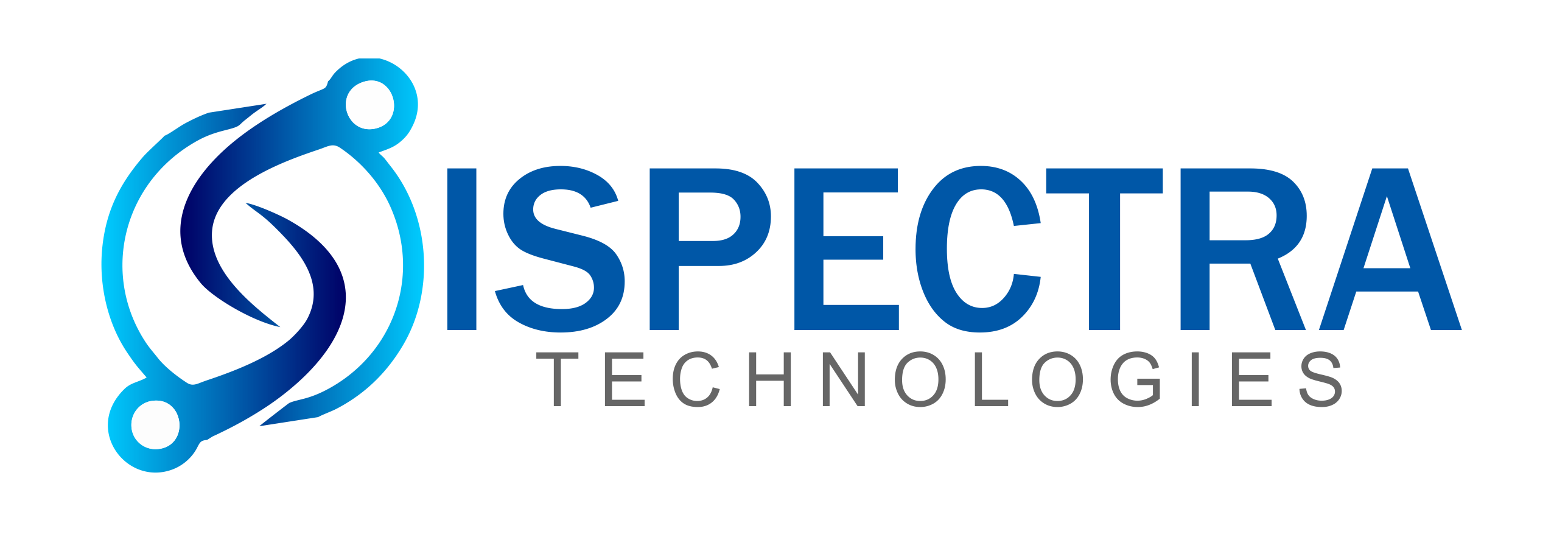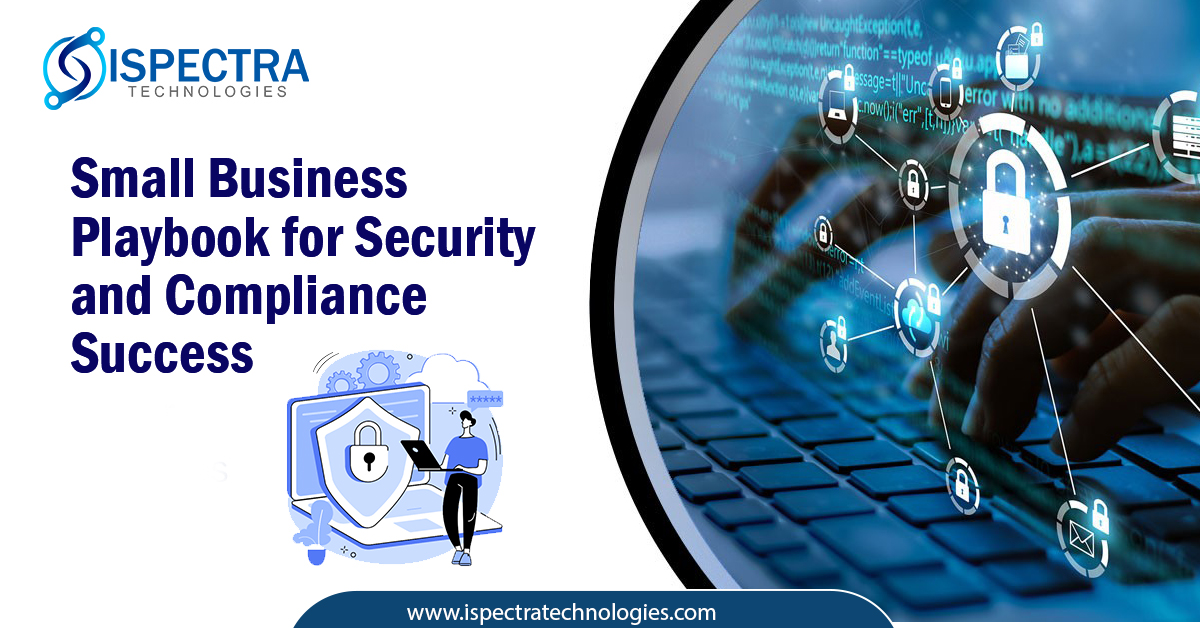In the current dynamic environment, security strategies no longer rely on static methodologies and tactics. The year 2024 has seen a rise in sophisticated attacks, including AI-driven malware and destructive ransomware campaigns. Consequently, organizations, alongside their security leaders, must embrace a proactive stance to implement resilient measures.
Why is Security and Compliance Success so important for a business?
It is vital for businesses to ensure workplace security. It acts as an essential protective barrier crucial for the growth and resilience of any organization. The absence of this barrier poses significant risks, spanning from the exposure of sensitive data to potential fire hazards and endangerment of the physical safety of your workforce.
-
Safeguarding Assets:
Security measures play a vital role in protecting a company’s valuable assets, encompassing physical property, intellectual property, and sensitive data. It guarantees that these assets are efficiently managed and protected in alignment with industry regulations and standards.
-
Preserving Reputation:
A breach in security or failure to adhere to regulations can harm a company’s reputation. Prioritizing security and compliance will help your business earn the trust of customers, partners, and stakeholders’ trust and avoid losing confidence and credibility.
-
Preventing Legal Consequences:
Non-compliance with regulations exposes businesses to substantial fines, legal penalties, and potential lawsuits. Complying with regulatory requirements assists in reducing the risk of legal consequences and financial liabilities.
-
Fostering Customer Trust:
- Demonstrating a steadfast commitment to security and compliance instills customer confidence. Customers tend to place greater trust in businesses that prioritize protecting their personal information and upholding industry standards.
-
Ensuring Business Continuity:
Effective security measures and compliance practices are instrumental in ensuring business continuity. It reduces interruptions stemming from security incidents or regulatory matters. Thus, businesses can ensure smooth operations, thereby bolstering the company’s resilience during challenging times.
-
Mitigating Risks:
Security and compliance initiatives are crucial in identifying and mitigating potential risks before they escalate into significant problems. It will enable you to decrease the chances of security breaches, data loss, and other adverse events. Furthermore, these measures help to safeguard their assets and maintain operational stability.
-
Facilitating Growth:
Achieving success in security and compliance can pave the way for business growth opportunities. It enhances the company’s attractiveness to potential partners, contracts, and markets by showcasing reliability, trustworthiness, and adherence to industry standards.
What does the Security and Compliance Process Cover?
However, workplace security is not a fixed state or a destination achieved once and for all. It demands ongoing vigilance and continual enhancement, covering the three pivotal pillars of security: physical, digital, and people security.
-
Physical Security
includes strategies for safeguarding your premises and ensuring the safety of employees, visitors, and assets.
-
Digital Security
includes data protection and infrastructure security measures, including cybersecurity protocols, firewalls, access controls, and VPNs.
-
People Security
focuses on fostering a culture of awareness through regular training initiatives to mitigate breaches and promote employee compliance.
It is essential to be concerned with security and comprehend areas warranting improvement expressly. It offers a comprehensive overview of your security status and unveils overlooked gaps and vulnerabilities. Remember, securing your business need not be overly complex. You can conduct a step-by-step process to evaluate your physical security to steer your business on the right path.
Step-By-Step Guide to Evaluate Your Current Physical Security
Here is the ultimate five-step process for a physical security check-up:
Step 1. Formulate Your Assessment Team:
Begin by assembling the appropriate team. While many organizations enlist external security experts for assessments, certain aspects may also involve compliance and safety evaluations of facilities and procedures. So, you must select individuals with expertise relevant to each assessment segment.
Step 2. Identify Stakeholders:
Once your team is established, pinpoint critical stakeholders. These encompass cross-functional collaborators who can contribute essential data points before, during, and post-assessment. They collaborate closely with the assessment team, potentially including personnel from various organizational departments such as HR, IT, and executive leadership.
Step 3. Employ a Scoring Framework:
With the team in place, initiate the assessment process. Adopt a structured scoring framework to gauge security proficiency across all facets, including physical, digital, and human elements. In the absence of an existing system, leverage available templates for assistance. These matrices delineate diverse security threats and facilitate risk assessment across different locations.
Step 4. Remediate Vulnerabilities and Optimize:
Upon completion of the assessment, utilize your scoring system to identify any vulnerabilities in physical security. Enhancing security within the workplace may necessitate varied strategies contingent upon threat severity. Start by conducting targeted training sessions for specific teams and investing in advanced technology. This will bolster security measures where human intervention falls short.
Step 5. Conduct Regular Security Audits:
Finally, a regimen of periodic security assessments should be established to mitigate workplace risks effectively. Bi-annual evaluations of physical workplace security or assessments preceding the launch of new initiatives serve as prudent measures. Consistent evaluation ensures business continuity and fortifies organizational readiness against future threats.
Wrapping Up!
Cybersecurity can be daunting, especially for small businesses with constrained resources. However, understanding critical threats and prioritizing impactful actions can significantly reduce risks and protect your business in 2024 and beyond. Not only this but you should remember that cybersecurity is a continuous journey, not a destination. As threats evolve, staying vigilant and establishing a strong security foundation will help your business effectively navigate and overcome future challenges. You can contact the experts of ISpectra right today to learn more about the success of security and compliance.

